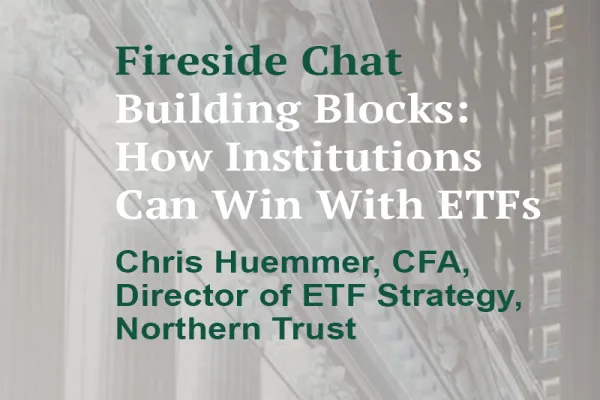Marcia Miller is a big believer in hedge funds. As chief investment officer of Ohio’s Oberlin College, Miller has entrusted more than 40 percent of the school’s $785 million endowment to absolute-return strategies. She says that decision has helped the small liberal arts institution generate investment returns in line with those of its multibillion-dollar Ivy League counterparts. Miller and Oberlin’s investment committee, however, are concerned that hedge fund managers may struggle to deliver strong returns as their market gets overcrowded. So they have decided to hedge their bets by reducing the college’s absolute-return portfolio and shifting some of its allocation to private equity and venture capital.
“We’ve benefited from getting into hedge funds early and from gaining a high confidence level early on,” says Miller, 46, who joined Oberlin’s seven-member investment committee in 2000 after working for nine years as an accounting manager at the school. “But intensifying competition in the hedge fund industry is leading to the gradual degradation of returns, especially in strategies characterized by finite opportunity sets, like merger arbitrage and event-driven. And when it all starts looking like beta, it becomes less interesting to us.”
Oberlin was an early and aggressive entrant into hedge funds. In 1995, as pension plans and endowments were just beginning to test the hedge fund waters, the school allocated $32.6 million — 11.7 percent of its then–$278 million portfolio — to three single-manager funds. The average hedge fund allocation among endowments at the time was only 1.6 percent, according to the Washington-based National Association of College and University Business Officers.
Hedge funds have been good to Oberlin. Its endowment was up 22.2 percent foritsfiscal year ended June 30, 2007, in line with the 23 percent return of Harvard University’s $34.9 billion endowment. More important, Oberlin soundly beat schools of comparable size: The average for those with $500 million to $1 billion under management was 19.3 percent, according to Nacubo. Oberlin’s longer-term record is equally impressive. Its endowment had an annualized return of 11.5 percent for the ten years ended last June, compared with 9.5 percent for schools with comparably sized endowments.
When Miller — who grew up in Amherst, Ohio, and has an MBA from the Buckeye State’s Tiffin University — joined Oberlin’s investment committee, the endowment had 19.1 percent of its then $610 million in hedge funds. During the next two years, she more than doubled the portfolio’s allocation, to 38.6 percent. By the time of her 2004 promotion to director of investment, Oberlin’s hedge fund allocation had grown to 48.6 percent.
The investment committee began scaling back the hedge fund allocation in mid-2006, says Miller, who was promoted to CIO in 2005. The school shifted its focus to international and emerging-markets investments, using primarily long-only vehicles — not hedge funds. As of June 30, 2007, the endowment’s hedge fund allocation had been reduced to a still-hefty 43.3 percent.
Bob Boldt, a partner with New York–based Perella Weinberg Partners and the former president, chief executive and CIO of University of Texas Investment Management Co. — which oversees investments for the University of Texas and Texas A&M systems — agrees that hedge fund returns are likely to be lower in the near future than in recent years. But he says endowments should not reduce their hedge fund exposure.
“It’s certainly true that because of the competition in the hedge fund space, returns are not likely to be as high as they were ten years ago,” says Boldt. “But the same could be said of real estate, private equity, timber and domestic equities.”
Though Miller plans to continue paring back Oberlin’s hedge fund allocation, she says she will do so without a major portfolio change. The endowment will work within its current hedge fund allocation range of 36 to 54 percent. At present, the portfolio is divided into a 60 percent alternatives allocation (with 44 percent in absolute-return and opportunistic strategies, 11 percent in private equity and 5 percent in real assets), a 26 percent equity allotment and a 14 percent fixed-income allocation. Miller says the school is also interested in increasing its exposure to green investments, particularly through private equity and venture capital funds.





